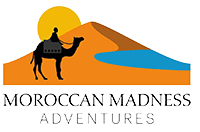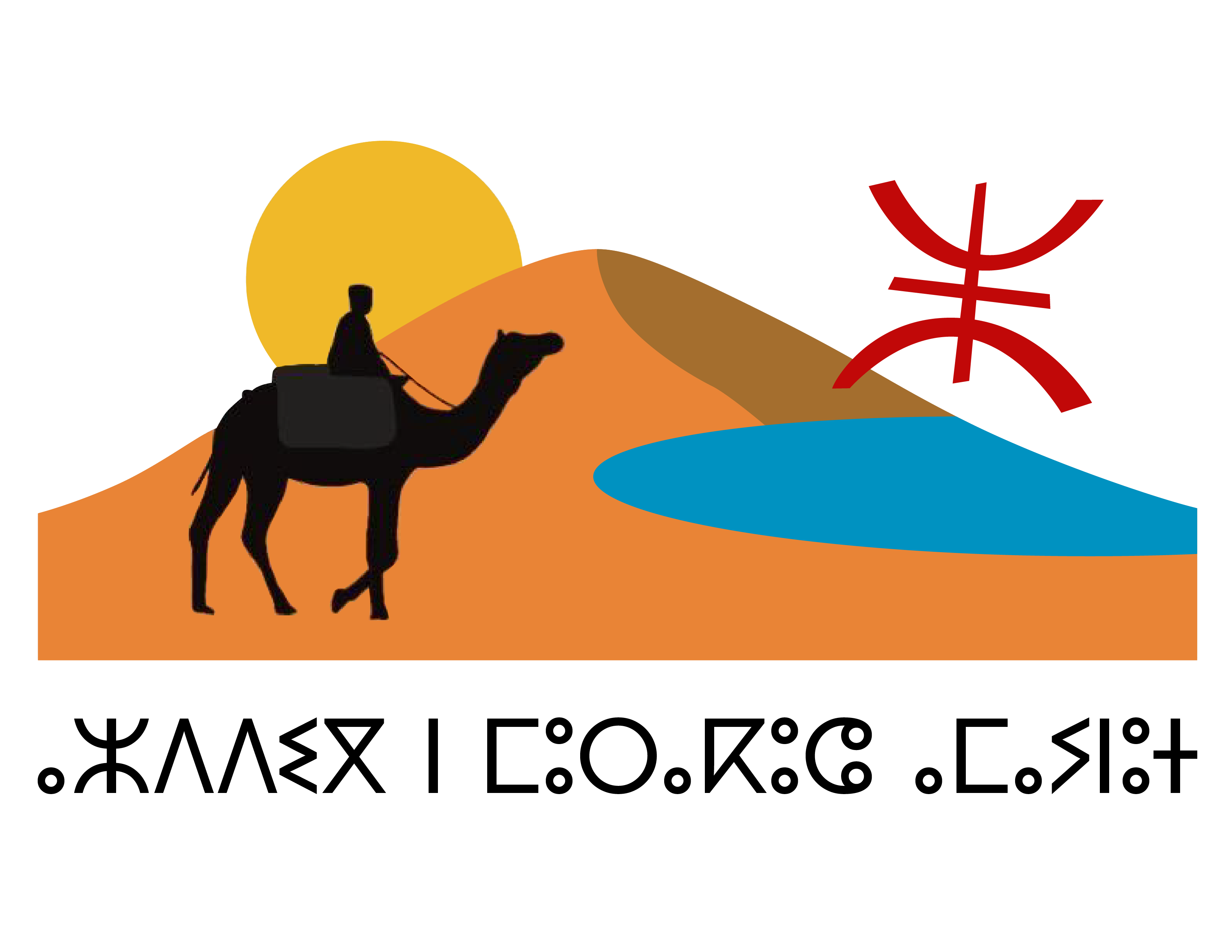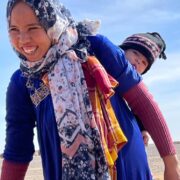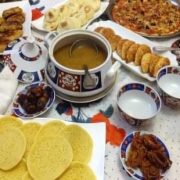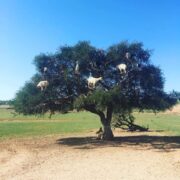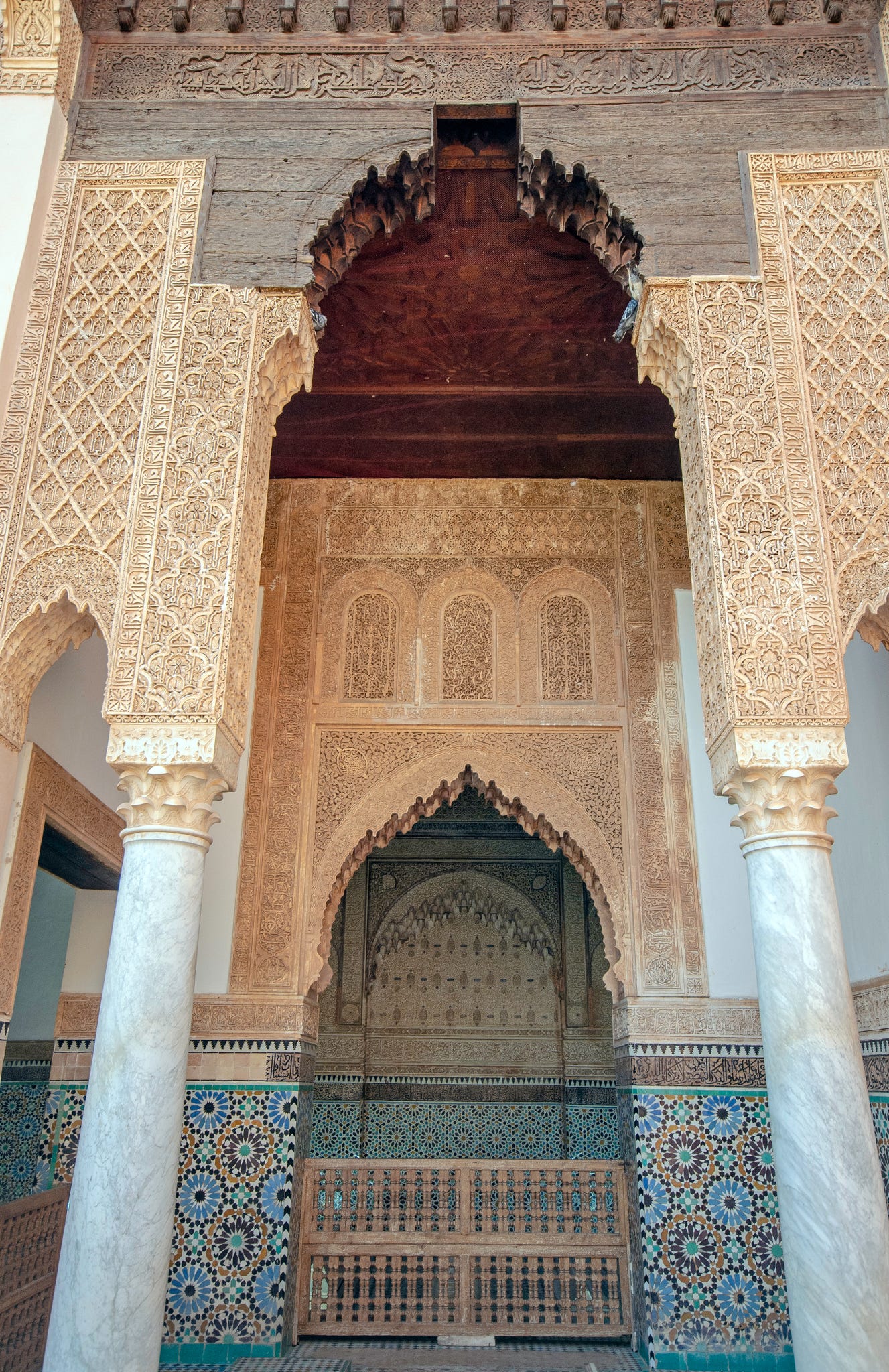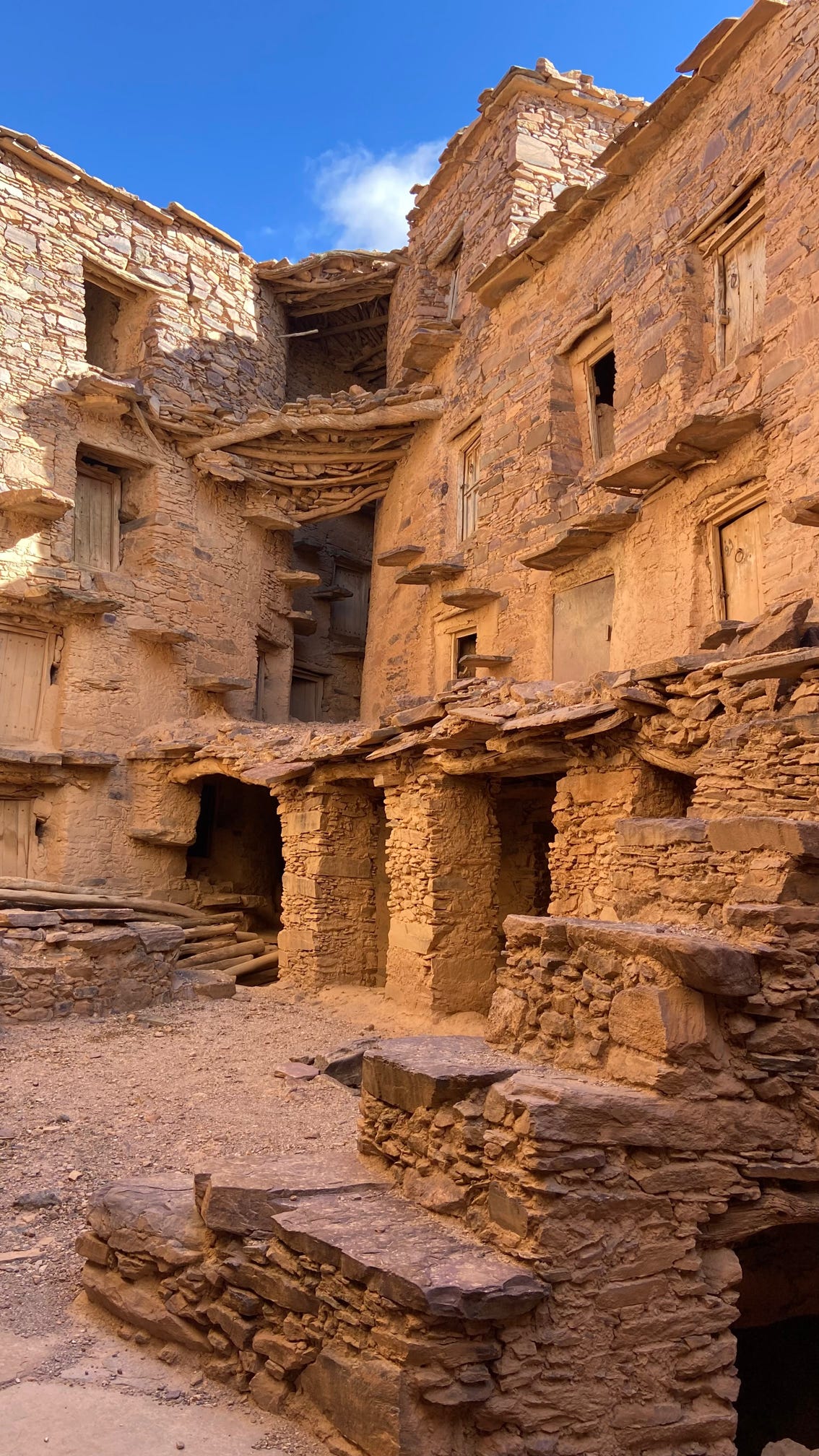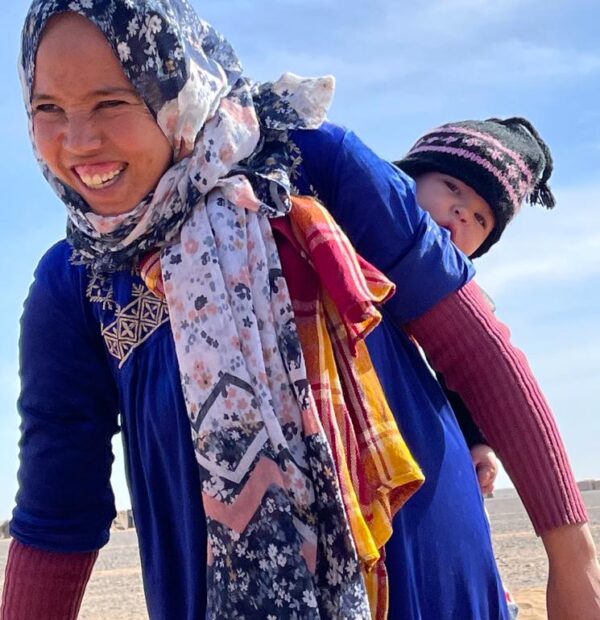
How to recognise a real Moroccan: 9 Remarkable Traits of Authenticity and Culture!
Identify a real Moroccan
Haggling – A National Skill
In Morocco, bargaining is an art, not just a way to get a better price. It’s expected in the souks, and locals will often visit multiple shops before buying, comparing prices. When the deal is almost done, the classic question echoes: “What’s your final price?” It’s more than negotiation—it’s a friendly exchange, a way to connect with the seller and enjoy the lively atmosphere of the market.
Gas Cylinder Safety Check
Safety is a priority in Morocco. When buying a gas cylinder, the vendor will often test it for leaks using a lighter or soapy water. This simple yet essential safety check ensures that everyone can use gas safely, a practice that shows the care and concern for well-being.
Morocco’s Love for Tea
No drink is more beloved than mint tea, often humorously referred to as “Berber whisky.” The pouring of the tea from a great height isn’t just dramatic—it helps aerate the tea, cooling it slightly and enhancing its flavor. Mint tea is an expression of Moroccan hospitality and is a comforting drink shared among friends and family.
Generosity at Mealtime
In Morocco, food is never scarce at the table. It’s common to be offered more if you’re still hungry, whether it’s lentils, beans, or fries. Bread is generously offered too. This generosity at mealtime reflects the Moroccan value of hospitality and ensures that no guest leaves feeling unsatisfied.
Sharing Food is a Way of Life
Moroccans love sharing meals—whether in a café or at a family gathering, sharing food is an intimate expression of friendship. It’s also normal for one person to cover the bill when dining with a group, a beautiful act of generosity and camaraderie.
A Moroccan Joke About Splitting the Bill
“I heard that in some countries, the person who suggests splitting the bill is always the one who ordered the most expensive dish!” It’s a playful jab at the tradition of generosity, where the bill may often be covered by the one with the biggest heart.
Bread is Sacred
If a piece of bread falls to the ground, it is picked up with reverence, kissed, and placed in a clean or high spot. This sacred respect for bread is deeply rooted in religious beliefs and the historical memory of hardship, like the famine of 1944.
Curiosity for Crowds
If a crowd gathers, whether due to a street performer, a famous person, or a spectacle, Moroccans are naturally drawn to it. It’s an interesting part of the culture—while some may keep their distance, many will approach, eager to join the moment.
A Love for Celebrations
Moroccans celebrate with great joy and pride. There are three New Year holidays:
- January 1st: The Gregorian New Year, celebrated widely in cities.
- Yennayer: The Amazigh New Year, celebrated between January 12–14, depending on the region.
- Fatih Muharram: The Islamic New Year, based on the lunar calendar. Each celebration brings its own traditions, with Yennayer particularly important in Amazigh communities.
How to recognize an authentic Moroccan
Friday Couscous Tradition
Fridays are special in Morocco. After the midday prayer, families gather for a traditional couscous meal. This isn’t just about food; it’s a time for bonding, a chance to connect with loved ones, and a tradition that has been passed down through generations.
Traditional Tattoos
In some Amazigh (Berber) communities, women still wear traditional facial and hand tattoos. These markings were once symbols of beauty, protection, and identity. Though less common today, they remain an important part of the cultural heritage for some families.
Mourning Customs
When a Moroccan woman loses her husband, she traditionally wears white for four months and ten days, in accordance with Islamic customs. During this period, she refrains from remarrying, but remains engaged with family and friends. It’s a beautiful practice of respect for the past and ensuring clarity in familial matters.
Handshakes and Warm Greetings
Handshakes are customary when Moroccans meet and part ways. For close friends and family, it’s common to exchange cheek kisses—two or more, depending on the region. These gestures are ways to show respect, affection, and warmth.
Close Male Friendships
It’s common to see Moroccan men holding hands, hugging, or kissing on the cheek in public. These actions are a sign of friendship and a deep cultural warmth, free of any romantic connotation. It’s just one of the ways Moroccans show affection toward one another.
Sleeping Arrangements
In some traditional Moroccan homes, men and women may sleep in separate areas, particularly in larger, extended families. However, this is flexible and depends on the household’s specific traditions and beliefs.
Dining Customs
- Vegetables First: Traditional Moroccan meals often start with vegetables, followed by meat, which is served by the head of the family.
- Shoes Off at the Door: In many homes, shoes are removed before entering as a sign of respect and cleanliness.
- Handwashing Before Meals: It’s customary to wash hands before eating, often with water poured from a pitcher.
- Eating with the Right Hand: Following Islamic tradition, most Moroccans eat with their right hand, while the left hand is reserved for other activities.
Shared Plates & Hospitality
Meals are often shared from a communal plate, especially dishes like tagine or couscous. Guests may have their own plates, but sharing is common. Before eating, Moroccans say “Bismillah” (“In the name of God”), and after finishing, they say “Alhamdulillah” (“Praise be to God”). If you’re ever a guest, expect to be encouraged to eat more. A polite way to decline is “Baraka, shukran” (“Enough, thank you”).
